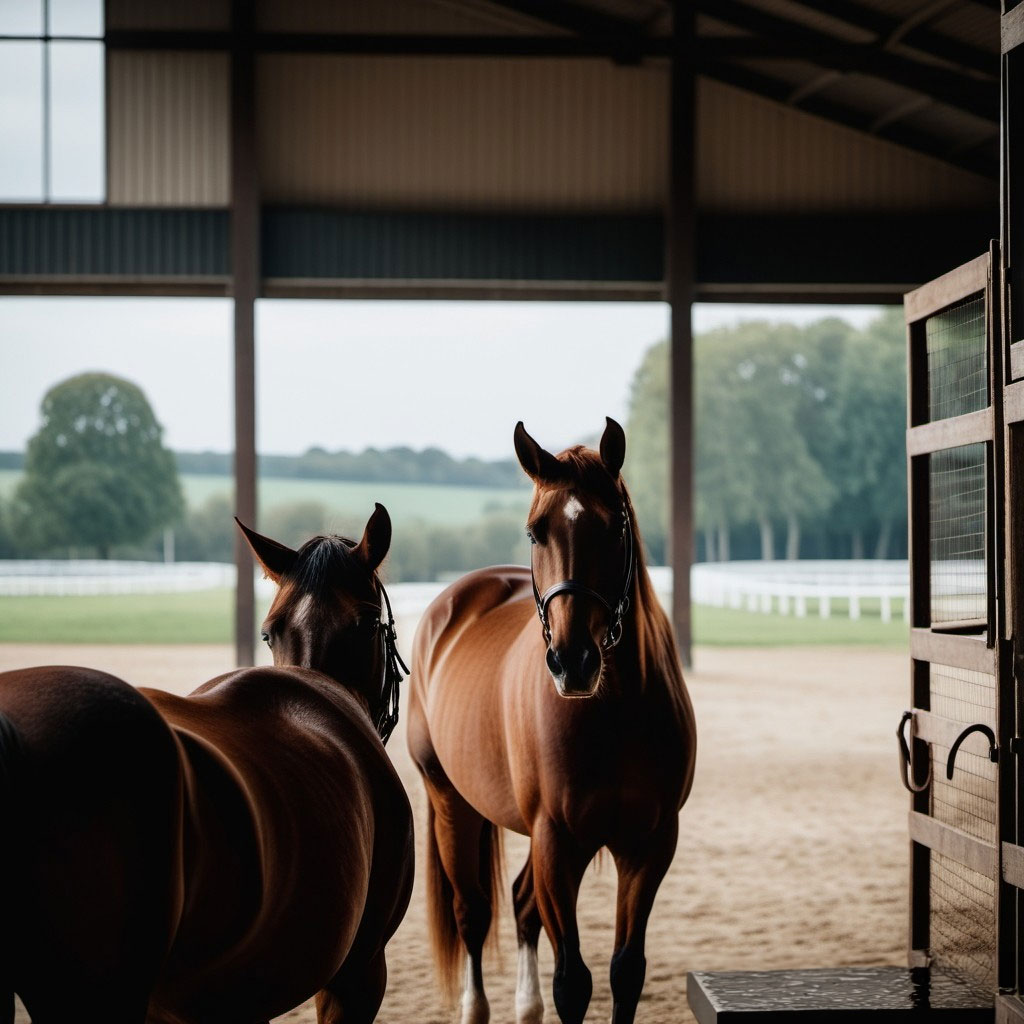
In the world of horses, two terms are frequently used: "equestrian estate" and "stud farm". Although these two places are intimately linked to equestrian activities, they have distinct specificities. In this journey into the heart of the life of horses, we will highlight the notable differences between an equestrian estate and a stud farm in terms of their objectives, their audience, their facilities, and much more.
Precision on the concept: Equestrian Estate Vs Stud Farm
To better understand this divergence, it is first necessary to clearly define each term. An "equestrian estate" is a place dedicated to various horse-related activities. It is primarily a space devoted to horse riding lessons for all levels, from beginners to experienced riders. Equestrian estates often offer other services such as training, breeding, horse boarding, or the organization of equestrian events. On the other hand, a "stud farm" is an establishment specializing in horse breeding and reproduction. The primary goal is to produce foals of specific breeds, while adhering to strict selection criteria to achieve the best results in terms of performance and physical conformity. Stud farms are also renowned for their expertise in the field of equine genetics.
The difference between the two: A question of objective
Although similar in their activities, the equestrian estate and the stud farm are mainly distinguished by their objectives. An equestrian estate, thanks to its various facilities (riding arenas, jumping tracks, etc.), aims to introduce or improve riders in different equestrian disciplines (dressage, show jumping, vaulting, etc.) with horses suitable for these practices. The establishment may also offer various additional services such as the sale of equestrian products. The objective of a stud farm, on the other hand, is focused on the continuous improvement of certain horse breeds through breeding. It is a privileged place for the study and preservation of equine breeds, where constant efforts are made to optimize the quality and conformity of each generation in a methodical and scientific manner.
Focus on the audience: Who frequents these places?
Equestrian estates cater to a wide audience: beginners, passionate amateurs, experienced professionals, etc. Their primary vocation is the teaching and improvement of horse riding skills through theoretical and practical lessons, training sessions, and equestrian shows. Equestrian estates also provide horse boarding facilities and offer a natural environment suitable for horseback riding. As for stud farms, they attract a more targeted audience: breeding enthusiasts, owners of mares seeking to breed them, potential buyers in search of young talents, etc. The activities of stud farms are mainly focused on breeding: presentation of stallions, mating, gestation monitoring, foaling, and development of foals.
Infrastructure and facilities: Distinct arrangements
In addition to the aforementioned characteristics, there is also a striking difference in terms of the layout of the places. Equestrian estates have spacious facilities that can accommodate numerous horses and riders. They generally have multiple riding arenas or tracks, and some may even have a cross-country course. A designated area is often dedicated to warming up horses before work. The presence of a shared tack room, a place to store forage, as well as a horse shower area, adds to the criteria for choosing an equestrian estate. On the other hand, in a stud farm, the emphasis is placed on the quality of the breeding facilities. In addition to relaxation paddocks, individual stables are provided for foaling, along with an infirmary and sometimes even genetic laboratories. Every detail is designed to ensure an optimal environment for reproduction and the development of foals.



